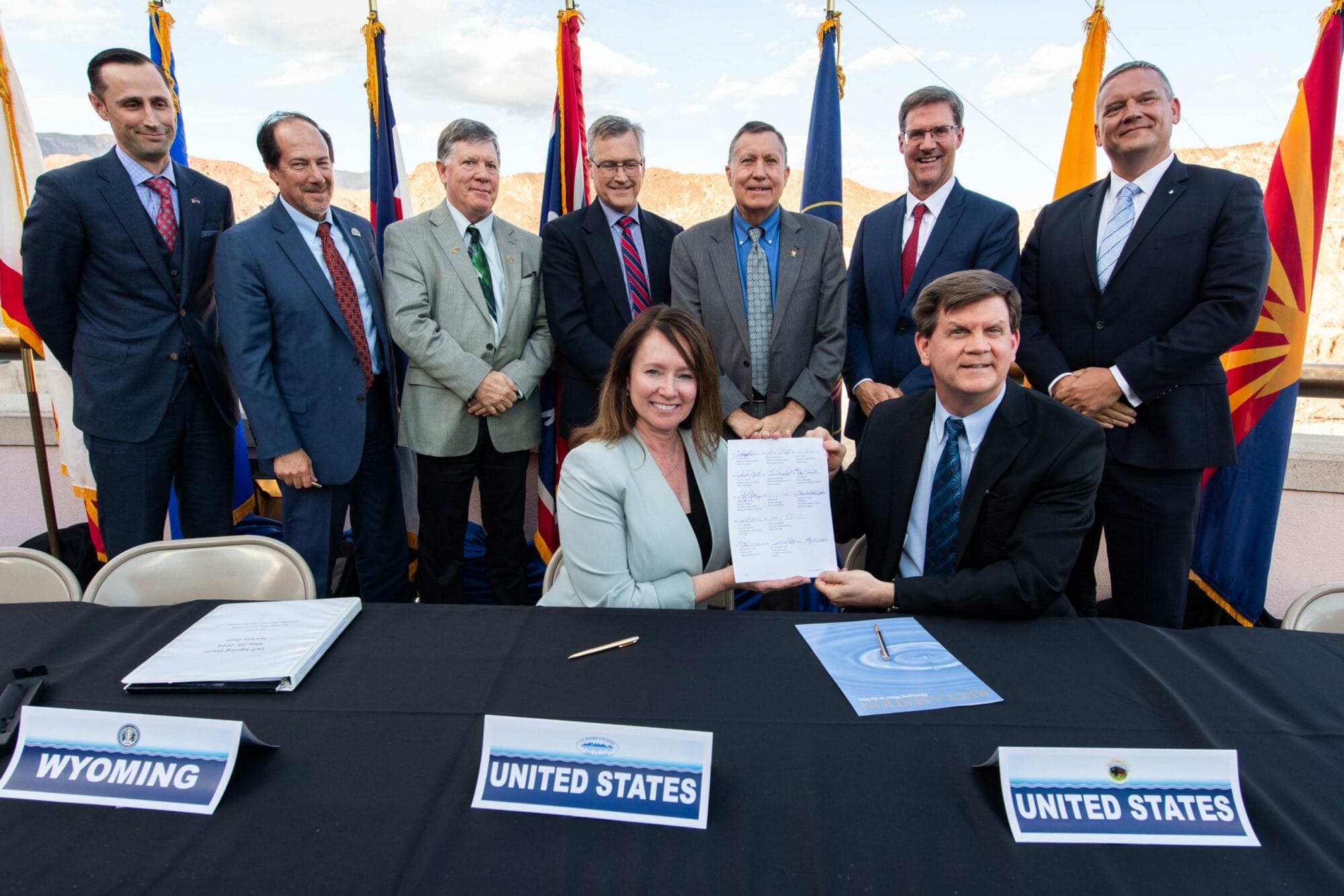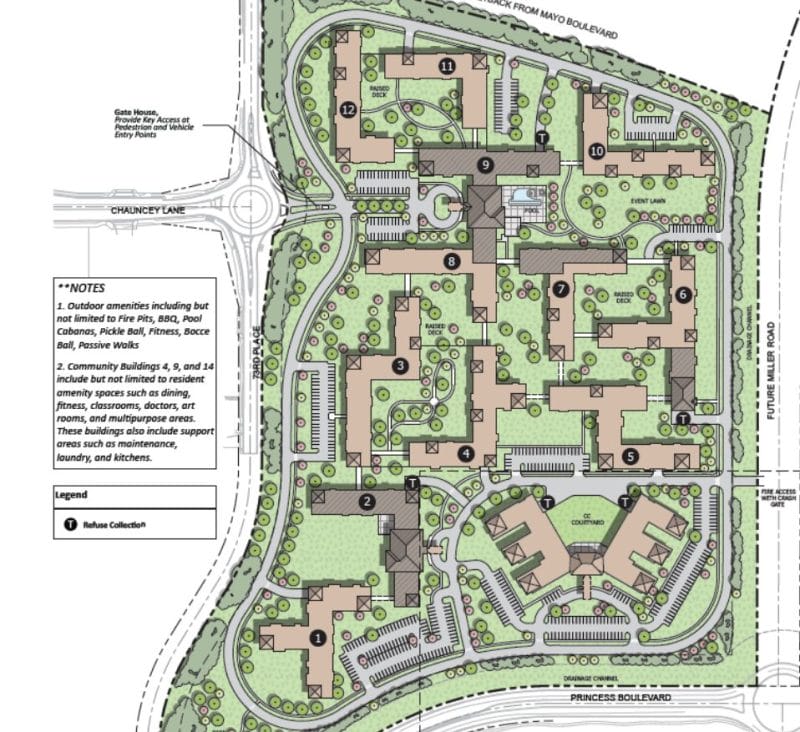It’s too soon to tinker with key parts of the Colorado River Compact. For now, our best bet may be to temporarily extend the Drought Contingency Plan./Hoover Dam signing/new.azwater.gov
By Bruce Babbitt opinion contributor | The Arizona Republic
(Editor’s note: Opinion/satire pieces are published only to extend coverage of an issue and to stir comments from our readers.)
Last week the Bureau of Reclamation forecast that it will likely drop another 42 feet in the next five years, drawing the lake surface down to a level barely sufficient to generate power and release water for downstream water users in California and Arizona.
To manage this decline and stabilize the lake is not rocket science. Cities and farms are simply taking more water out of Lake Mead than is coming in from the Colorado River. The lake is like a bank account: on average, you can only take out as much as is being deposited by the Colorado River.
We’ll need all of DCP’s cuts to stabilize Lake Mead
When the current drought began in 2000, the three Lower Basin states that take water from the lake (Arizona, California and Nevada) suddenly awakened to the problem. After several years of difficult negotiations, they agreed on a Drought Contingency Plan (DCP) that, with previously agreed cuts, would bring the lake into balance.
Hoping the drought would lift before too long, the DCP negotiators agreed to spread the cuts over coming years in response to changing lake levels. However, as the drought continues and intensifies, the Drought Contingency Plan is looking more like a Drought Certainty Plan.








